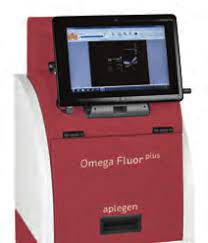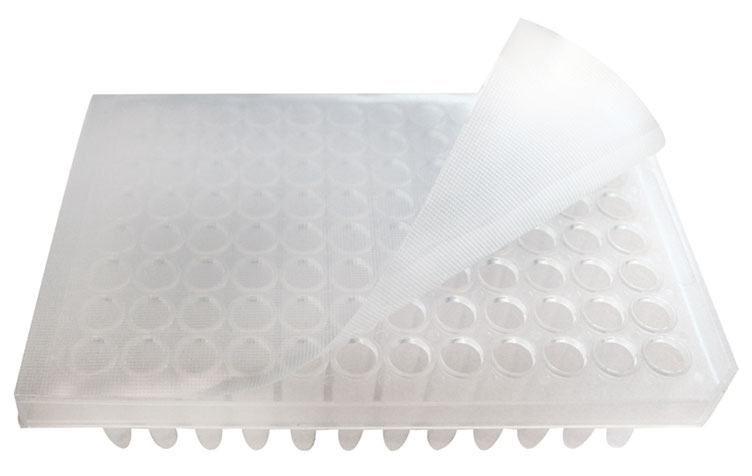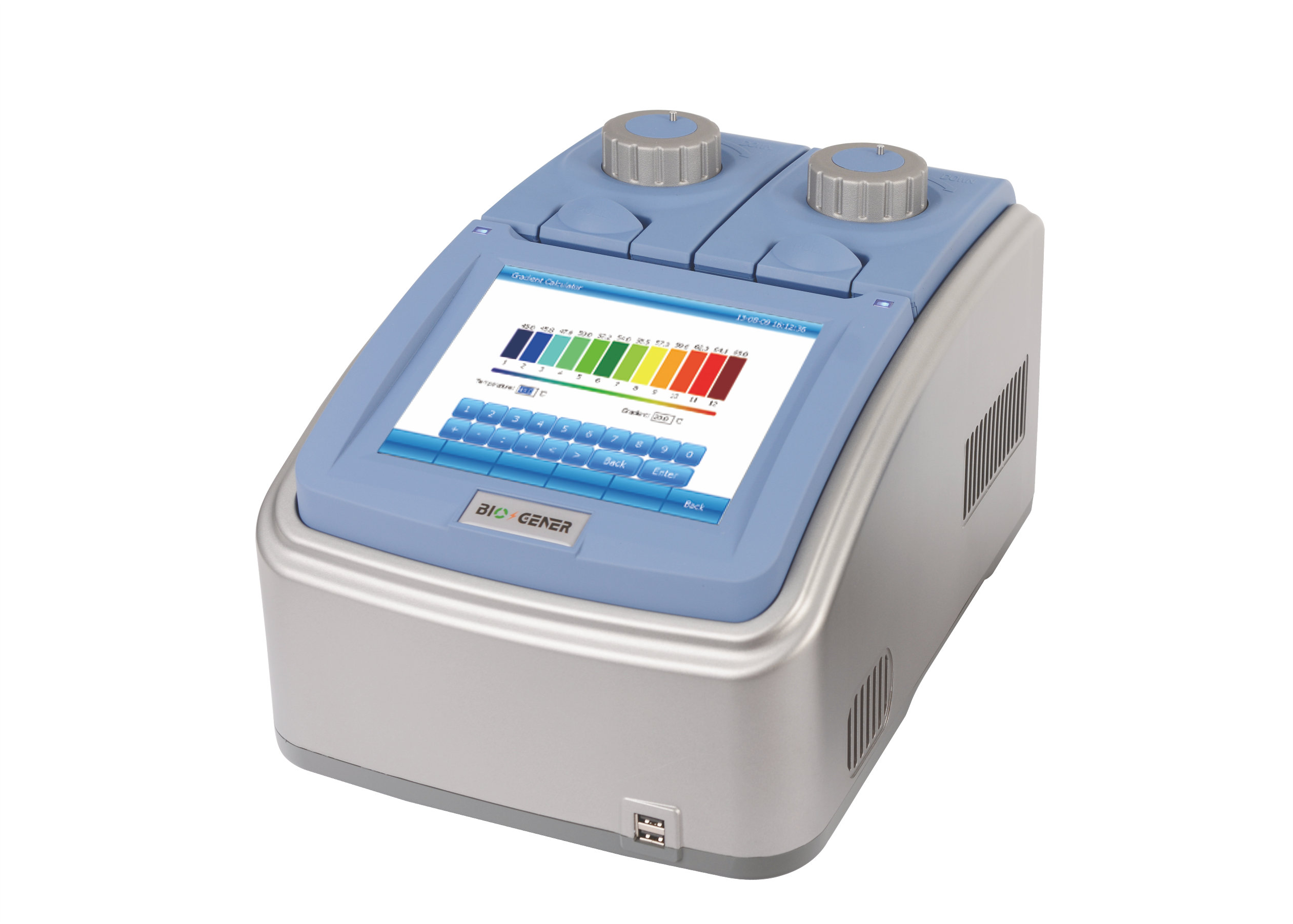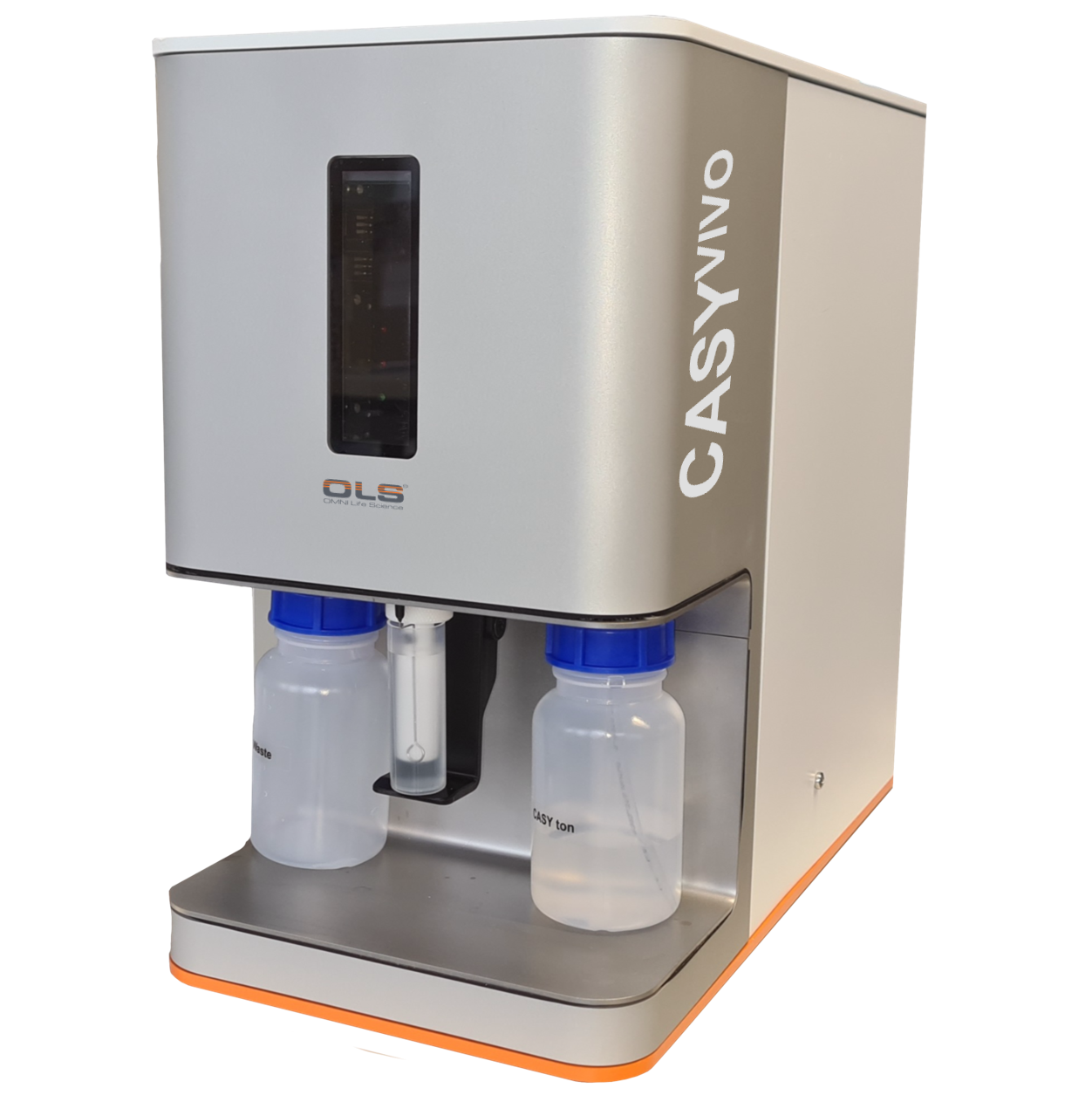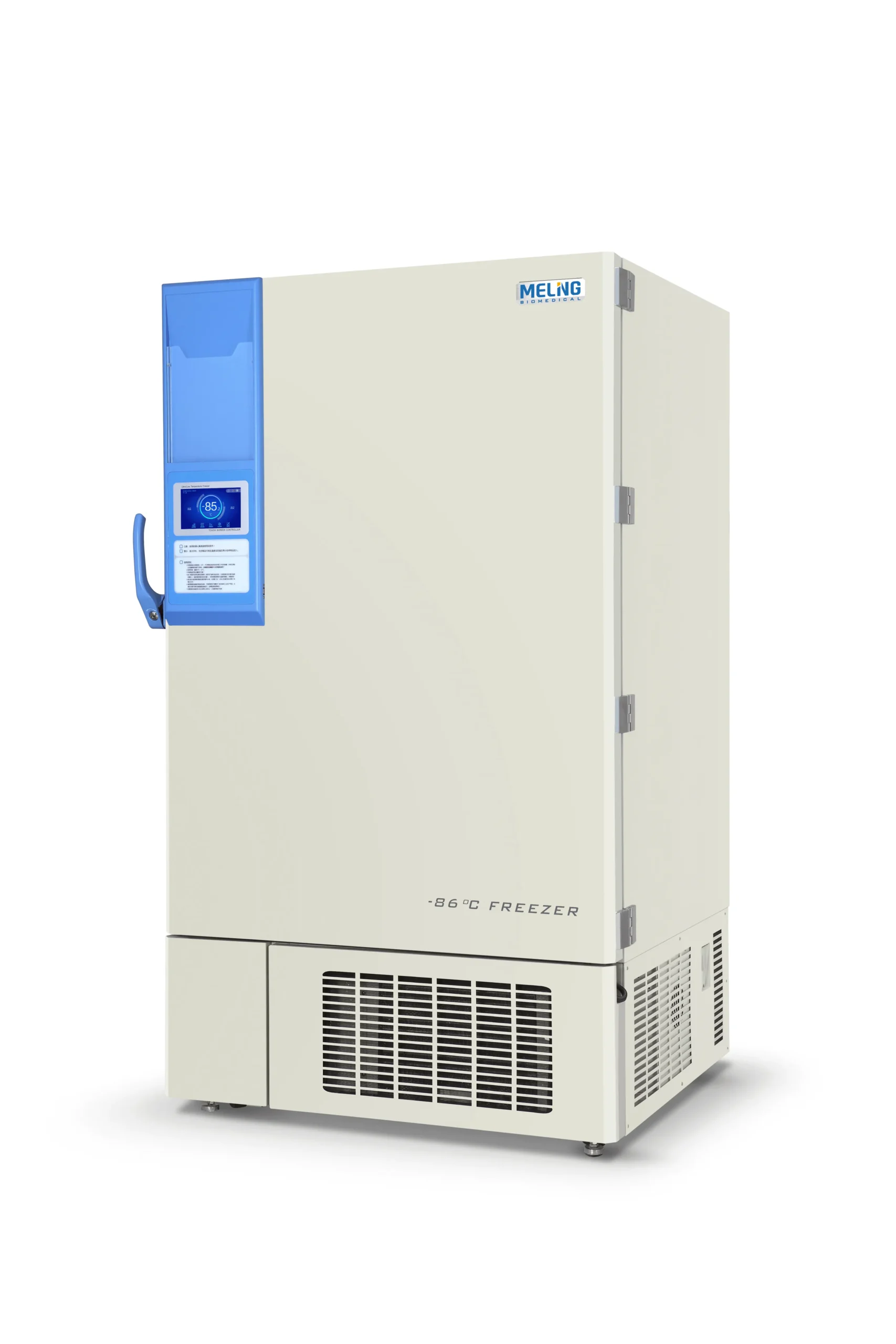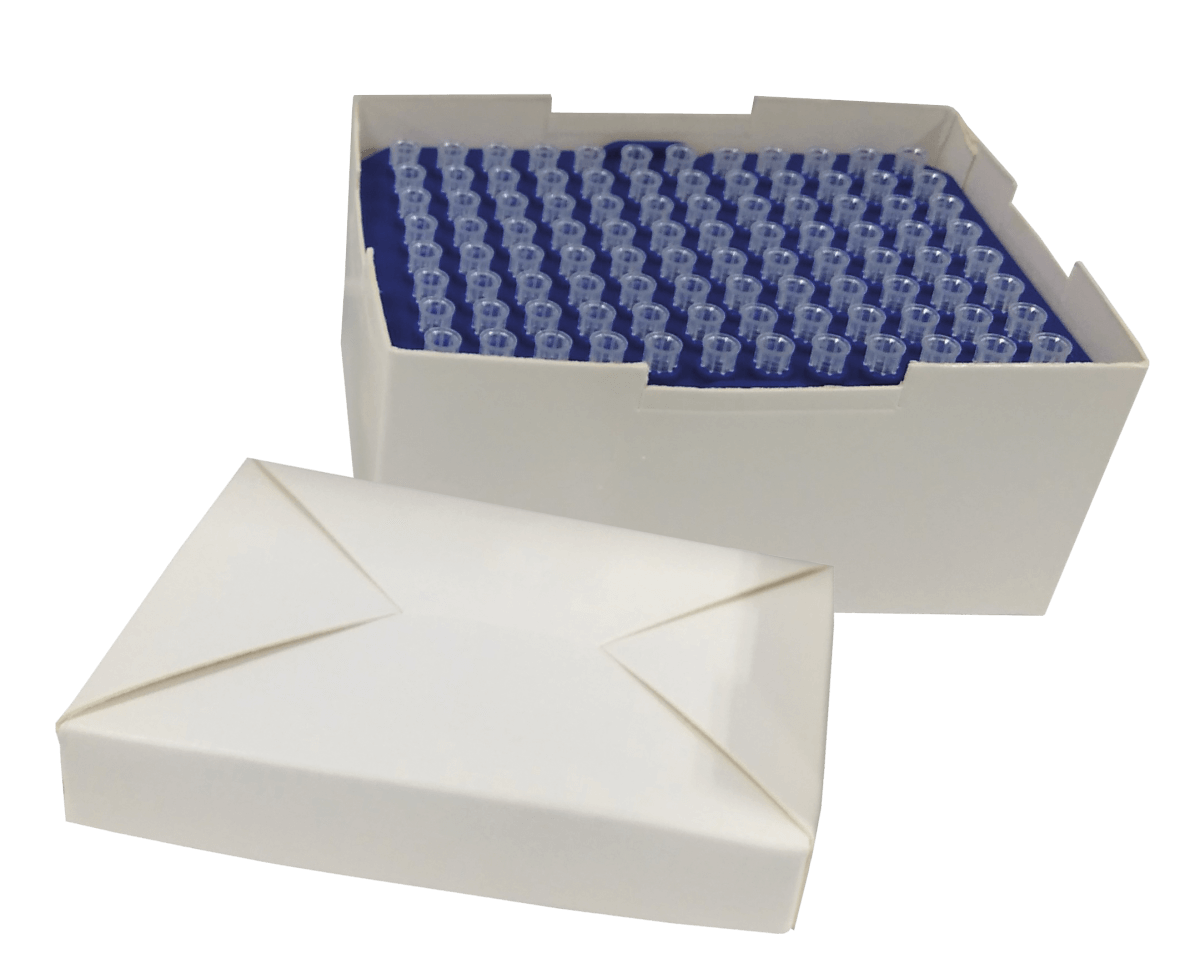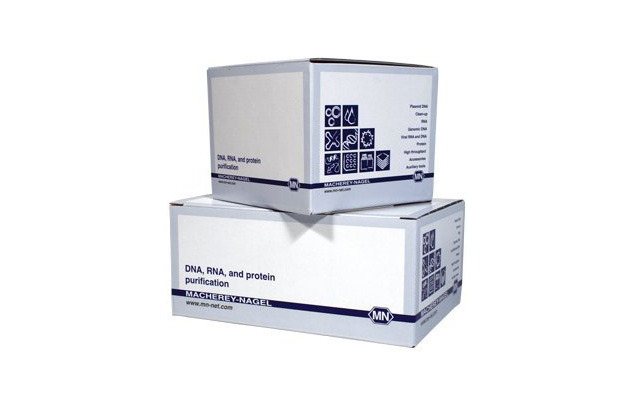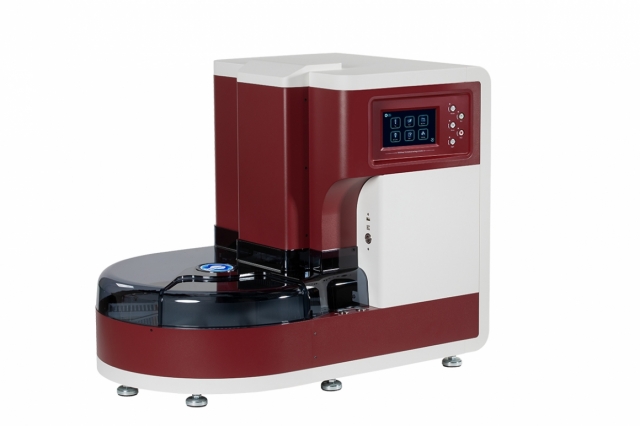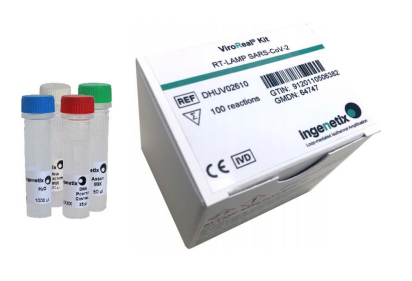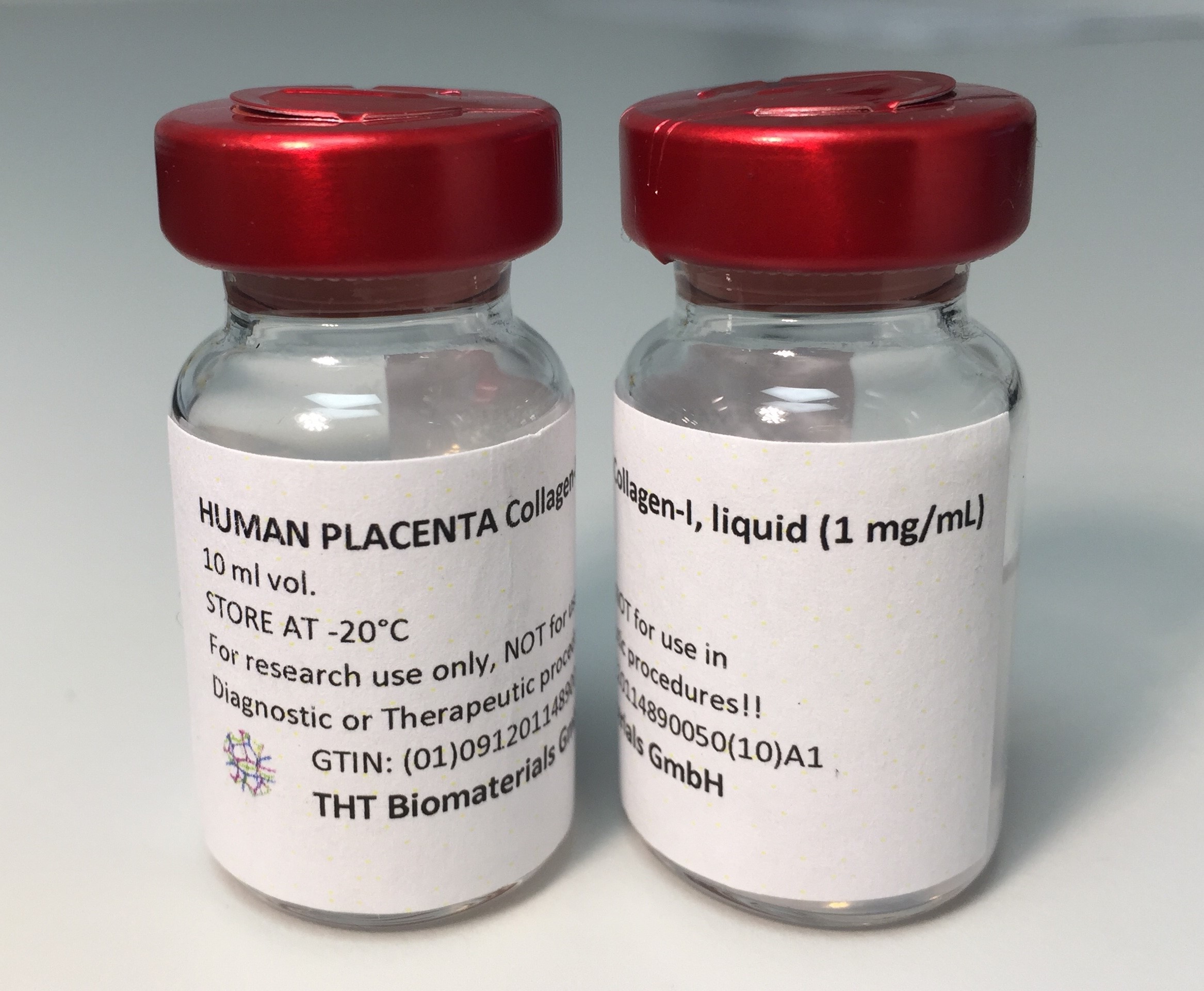Take a look at our extensive range of gel imaging systems
Gel Imaging Systems
A gel imaging system is an indispensable piece of laboratory equipment in both research laboratories and medical facilities. In our product range we have both high-quality gel imaging systems from proven manufacturers as well as innovative and promising new releases. Take a look at a selection of Gel Imaging Systems on this page. If you cannot find the product you are looking for, visit our online shop (labshop-online.com) with over 180,000 laboratory products or simply contact our team. Our specialist consultants will be happy to advise you on the selection of the right gel imaging system. Telephone: +43 1 244 28 55 / E-mail: info@labconsulting.at.
We offer an assembly, repair and maintenance service for all our devices. Our “LabService“ department is at your disposal.
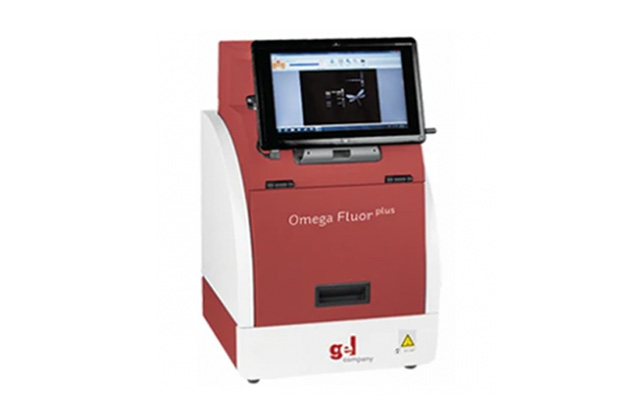
Omega Fluor™ Plus
You did not find the product you were looking for. Check out our online catalog with over 180,000 products.
Sie haben das gesuchte Produkt nicht gefunden. Schauen Sie sich unseren Online-Katalog mit über 180.000 Produkten an.
ONLINE CATALOG ONLINE-KATALOGGel Imaging and Documentation Systems
Gel imaging systems are essential tools for molecular biology, biochemistry, and genetic research laboratories. They enable the visualization, documentation, and analysis of nucleic acids and proteins separated by gel electrophoresis. Our selection of gel imaging systems offers cutting-edge technology, ensuring high-quality imaging and reliable performance for a wide range of applications.
Advanced Imaging Technology
Our gel imaging systems utilize advanced imaging technology to provide clear, high-resolution images of your gels. Whether you are working with DNA, RNA, or protein gels, our systems ensure accurate and detailed visualization. Equipped with high-sensitivity cameras and powerful software, these systems deliver precise quantification and documentation of your samples.
User-Friendly Interface
Designed with the user in mind, our gel imaging systems feature intuitive interfaces and easy-to-use software. The touch-screen controls and straightforward menu navigation streamline the imaging process, allowing researchers to focus on their experiments rather than troubleshooting equipment. The software includes tools for automatic lane and band detection, molecular weight calculation, and densitometry analysis.
Versatile Applications
Our gel imaging systems are suitable for a variety of applications, including:
- DNA/RNA Analysis: Visualize and analyze agarose and polyacrylamide gels for applications such as PCR, restriction enzyme digestion, and RT-PCR.
- Protein Analysis: Document and quantify protein gels stained with Coomassie, silver stain, or other protein-specific dyes.
- Fluorescent Detection: Detects fluorescently labeled nucleic acids and proteins using systems equipped with multi-wavelength light sources and filters.
High Sensitivity and Accuracy
Achieve unparalleled sensitivity and accuracy with our gel imaging systems. The high-sensitivity cameras capture even faint bands, ensuring that no detail is missed. Advanced imaging algorithms enhance contrast and clarity, providing reliable and reproducible results for your critical research.
Robust and Reliable
Built to withstand the demands of a busy laboratory environment, our gel imaging systems are robust and reliable. With durable construction and high-quality components, these systems offer long-lasting performance and minimal maintenance requirements. Our technical support team is always available to assist with any questions or issues that may arise, ensuring uninterrupted research progress.
Customizable Solutions
We understand that every laboratory has unique needs, which is why we offer customizable solutions to meet your specific requirements. From compact, benchtop units to more advanced systems with additional features and capabilities, we have a gel imaging system that fits your budget and research demands.
Comprehensive Support and Service
When you choose our gel imaging systems, you benefit from comprehensive support and service. Our expert team provides installation, training, and ongoing support to ensure you get the most out of your equipment. We also offer maintenance and repair services to keep your system operating at peak performance.
Explore our range of gel imaging systems and discover how our cutting-edge technology can enhance your research. Contact us today to find the perfect solution for your laboratory needs.
Why Gel Imaging Systems Matter?
Gel imaging systems are indispensable in laboratories across Austria. They provide accurate, high-resolution images that are crucial for documenting experimental results and ensuring reproducibility. Whether in academic research institutions or biotech companies, these systems enhance the efficiency and reliability of scientific investigations.
Top Features to Look For:
When choosing a gel imaging system, Austrian researchers prioritize features such as high sensitivity, user-friendly software, and robust data management capabilities. Advanced systems that offer multiplexing and automation are particularly valued for their ability to streamline workflows and increase productivity.
Frequently Asked Questions:
1. What is a Gel Imaging System used for?
Gel imaging systems are used to capture, analyze, and document images of nucleic acid and protein gels. They are commonly used in molecular biology laboratories for tasks such as DNA/RNA electrophoresis, protein gel electrophoresis, and Western blot analysis.
2. How does a Gel Imaging System work?
Gel imaging systems use specialized cameras and light sources to capture images of gels stained with fluorescent or chromogenic dyes. The system then processes these images to quantify and analyze the nucleic acids or proteins present in the gel.
3. What are the key components of a Gel Imaging System?
The main components of a gel imaging system typically include a darkroom enclosure, a camera or detector, UV or LED light sources, filters for specific wavelengths, and imaging software for analysis and documentation.
4. What types of gels can be analyzed with a Gel Imaging System?
Gel imaging systems can analyze various types of gels, including agarose and polyacrylamide gels used in DNA/RNA electrophoresis, protein gels for Western blotting, and other types of electrophoresis gels stained with fluorescent or chromogenic dyes.
5. How is gel documentation different from gel imaging?
Gel documentation refers to the process of capturing images of gels, while gel imaging involves both capturing images and analyzing them for quantification and documentation. Gel imaging systems typically offer more advanced analysis capabilities compared to basic gel documentation systems.
6. Can a Gel Imaging System capture both UV and visible light images?
Yes, many gel imaging systems are equipped with dual light sources that can capture images under both UV and visible light. This versatility allows for the visualization of gels stained with various fluorescent or chromogenic dyes.
7. What are the advantages of using a Gel Imaging System over traditional methods of gel visualization?
Gel imaging systems offer numerous advantages, including higher sensitivity, quantification capabilities, image documentation, and the ability to analyze multiple samples simultaneously. They also provide more accurate and reproducible results compared to traditional methods such as manual gel documentation.
8. How can I optimize gel imaging system settings for better image quality?
To optimize image quality, ensure that the gel is properly stained, adjust the exposure time and light intensity settings according to the staining method used, and minimize background noise by selecting appropriate filters and imaging conditions.
9. Can Gel Imaging Systems be used for quantitative analysis?
Yes, many gel imaging systems come with software that allows for quantitative analysis of gel images, including band quantification, molecular weight determination, and densitometry analysis. These features enable researchers to obtain accurate and reproducible quantitative data from their gels.
10. What are some common applications of Gel Imaging Systems in research?
Gel imaging systems are widely used in various research applications, including molecular biology, biochemistry, genetics, microbiology, and proteomics. Common tasks include DNA/RNA analysis, protein expression analysis, genotyping, and Western blot quantification.
Omega Fluor™ Plus Gel Documentation System
Enhanced by a high-resolution camera and hands-free SmartCapture Technology™, the Omega Fluor Plus has everything you need for DNA and protein imaging.
Switching between applications is a breeze. With standard features like multiple light sources and a multi-position filter wheel.
